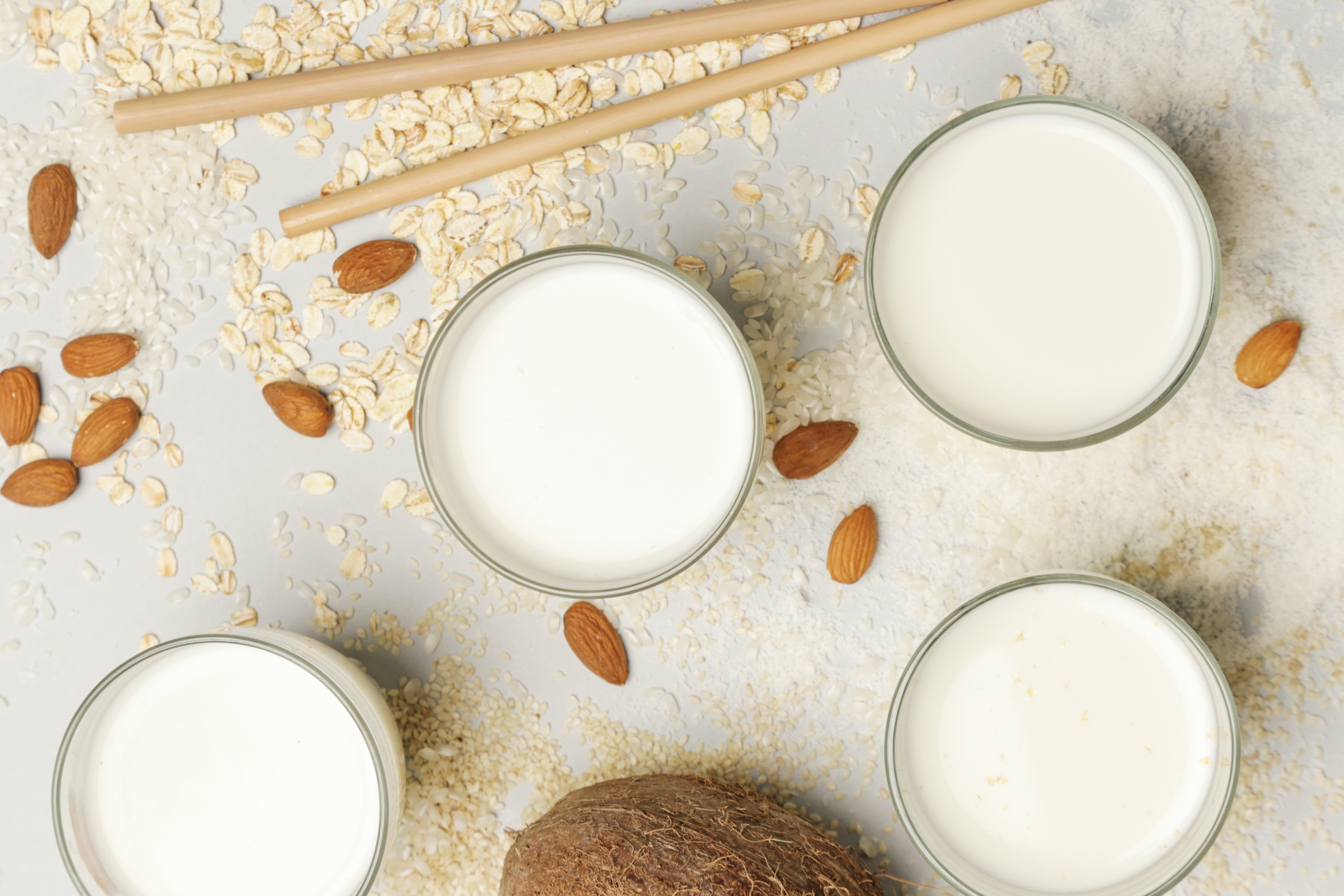US consumers purchased $1.6 billion in milk alternatives in 2018, while real milk sales plummeted $1.1 billion. The juxtaposition of these figures paints a gloomy picture for the struggling dairy industry, which is losing dairy farms at an alarming rate.
“I was at a dairy conference about five years ago and there were 16 guys sitting around my assigned breakfast table talking about the non-dairy milk issue and how they planned to sue this person or that person. I looked around the table and told them that we are perfectly positioned to capitalize on this opportunity and that we shouldn’t sue them, we should join them,” Tom Moffitt, co-founder and former CEO of plant-based private label products manufacturer Culture Fresh Foods, told AFN. “They asked me to leave the table. They were pretty defensive about it.”
Moffitt formerly worked in the dairy industry, manufacturing yogurt for a variety of private label companies as well as under the brand name Green Mountain Creamery in Vermont. He grew his yogurt business to $140 million in revenue in five years. Now, he is hoping to fill a production gap in the emerging plant-based market where retailers are struggling to meet demand. And today he announced a $11 million Series A round led by CEI Ventures and FreshTracks Capital with participation from angel investors.
The funding will be used to help Culture Fresh Foods convert a formerly Danone-owned milk-based dairy facility into a new plant-based processing facility capable of converting a number of inputs like almonds, cashews, oats, and seeds to dairy alternatives.
The death of dairy farms?
Overall, the USDA reports that licensed dairy farms across the country dropped 6.8% last year as a total of 2,700 dairy farms decided to call it quits. Wisconsin, the second-leading dairy-producing state in the US, lost a record 691 dairy farms in 2018 and 2019 is proving to be no different. It lost 42 dairy farms in July 2019 alone and if the pace continues it may surpass last year’s figure with 735 total dairy farm closures.
There are a number of factors contributing to the dairy industry’s hardship including low milk prices and a glut of milk worldwide, but Americans waning interest in cow’s milk is a large piece of the puzzle. Since 2005, Americans have been steadily putting fewer gallons of milk in their shopping carts. In 2005, the dairy industry sold 53.5 billion pounds of milk, down to 47.08 billion pounds in 2018, making for a difference of 6.42 billion pounds of milk.
Compared to dairy farmers, midstream manufacturing entities or logistics solution providers appear to have more nimble options when it comes to determining whether to wax or wane on the plant-based dairy trend. Some dairy producers are interested in creating plant-based alternatives, but struggle to find the right production facilities. Particularly important in this is addressing concerns about cross-contamination and allergens, which are a common issue whenever nuts are involved in manufacturing food products. And although converting the dairy facility to a plant-based products manufacturing facility is no small feat — much of the equipment and infrastructure will be very different, it’s a viable option, according to Moffitt.
“We acquired a facility in Connecticut that’s been doing dairy production and we’re doing a big remodel. Some of the equipment is reusable like the fermenters, but some things are not. Our equipment needs depend on whether its dry inputs or liquid inputs are being processed,” he explained.
“Some of the dairy farmers I’ve spoken with are looking into diversifying their operations to grow crops for plant-based products as a way to diversify and to balance the risk on the dairy side of the business,” he explains. “And some farmers we’ve spoken with on the East Coast are interested in shortening the supply chain by exploring which plant-based dairy alternative ingredients we can grow here in lieu of sourcing them from the West Coast.”
Unanswered questions remain
Despite the strong sales and growing consumer acceptance of dairy alternatives, which appeal to shoppers for a variety of reasons including lactose intolerance and animal welfare, there are a lot of questions that will still need to be answered.
“When a market gets bigger, people pay more attention and focus more on questions like nutritional value, what is this trying to replace, environmental impacts. All of those things haven’t really been resolved yet. That will be the next wave of discussion around these types of products,” he explains. “There will probably be major market challenges, but I can’t predict what those will be. We see a lot of interest in oat-based products right now and maybe in three years, there will be a whole bunch of interest in something else. Consumers are still trying to figure out the space themselves in terms of product quality. So, I do see uncertainty. But that’s good for me as an entrepreneurial person because I can take more of a risk than the largest company.”




